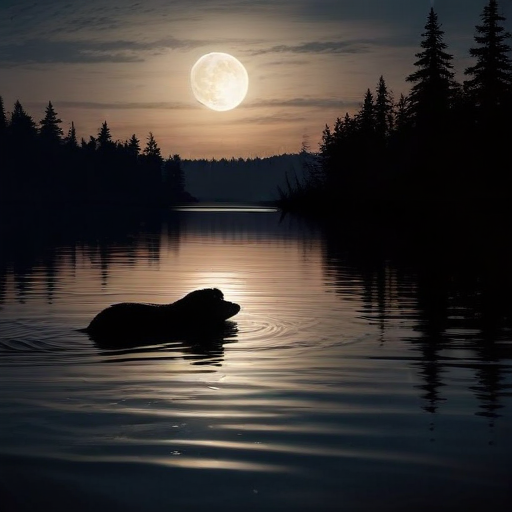Skywatchers are in for a treat on November 15, as the Beaver Moon will shine brightly in the sky starting at 4:29 p.m. EST. This lunar event is particularly noteworthy because it marks the final Supermoon of 2024, meaning the Moon will appear larger and more vibrant than usual.
The term “supermoon” was first introduced in 1979 and refers to a full Moon that coincides with its closest approach to Earth. The Moon orbits Earth in an elliptical shape, which causes its distance from our planet to vary. The farthest point in this orbit, known as apogee, is about 253,000 miles away, while perigee, the closest point, averages around 226,000 miles from Earth. Supermoons occur when a full moon aligns closely with the perigee, giving it a special size and brightness.
According to NASA research scientist Dennis Gallagher, supermoons are a regular feature of the lunar cycle. “The Moon orbits the Earth approximately every 27 and one-third days,” Gallagher explained. “Perigee occurs three or four times each year due to the movements of both the Earth and Moon around the Sun.”
The Beaver Moon, one of the names for the November full Moon, reflects traditions from various cultures. Essentially, November is the time when beavers prepare for winter, reinforcing their dams and gathering food supplies. This month was also traditionally known for trapping beavers for their warm pelts.
Interestingly, beavers have a connection to space through NASA’s recent initiatives. The agency supports the Beaver Rewilding Project in Idaho, utilizing its Earth-observing missions to monitor environmental changes caused by beaver activity. By collecting comprehensive data without needing to venture into remote regions, researchers at Boise State University and Utah State University are able to observe how beavers enhance their ecosystems. Their dams not only help retain water, but they also create more diverse habitats and improve the landscape’s resilience to fire and drought.
As we gear up for the last Supermoon of 2024, it’s fascinating to appreciate the interplay between nature and technology, including the unexpected relationship between beavers and space exploration.
Overall, this event serves as a reminder of the wonders of our natural world and the innovative ways that science can help us understand and protect it. Enjoy the Beaver Moon and the remarkable partnership between nature and research!
